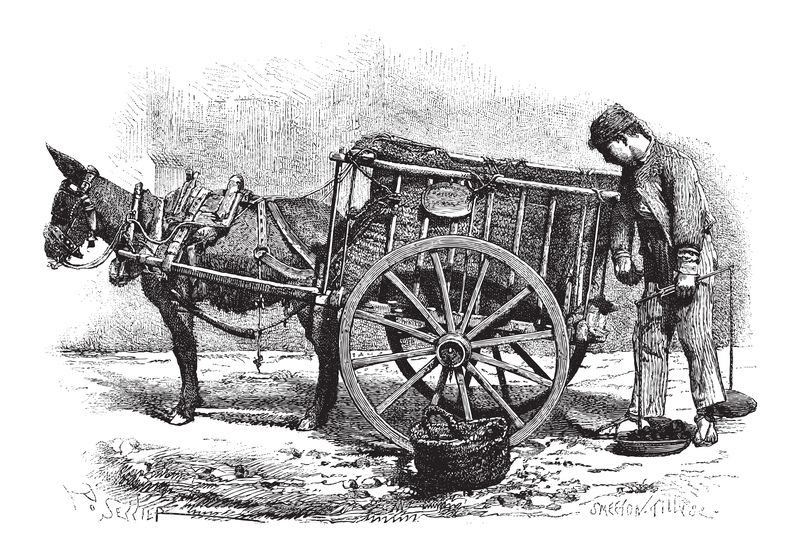Reduce, Reuse, and Responsibly Dispose of PPE: A Complete Guide
The global COVID-19 pandemic brought personal protective equipment (PPE) into the spotlight like never before. While PPE has become indispensable for protecting ourselves and frontline workers, it has also created an unprecedented wave of environmental waste. To balance health and sustainability, we must learn to reduce, reuse, and responsibly dispose of PPE. This comprehensive guide covers smart strategies, innovative solutions, and actionable tips for making safer and greener choices with PPE.
What is PPE and Why Is Its Disposal Important?
PPE, or Personal Protective Equipment, includes items like face masks, gloves, gowns, eye shields, and face shields. These items protect individuals from infections, contaminants, and hazards. Despite their lifesaving role, the massive rise in their usage has led to a surge in waste generation, much of which is plastic-based and non-biodegradable. Improper disposal not only harms the environment but poses risks to public health and wildlife.
- Single-use masks can take up to 450 years to decompose in landfills.
- Improperly discarded PPE can pollute waterways, harming aquatic life.
- Wildlife may ingest or become entangled in used gloves or masks.
Managing PPE waste responsibly is not only an environmental imperative but also a societal responsibility. So, how do we ensure our protective gear doesn't become a long-term problem?

Reducing PPE Waste at the Source
Why Reducing PPE Usage Matters
The first and most effective action is to reduce the need for disposable PPE where possible, without compromising safety. By limiting unnecessary use, we cut down on waste and minimize the environmental footprint.
- Prioritize reusables: Use reusable masks and gowns made from washable fabrics when appropriate and safe.
- Proper assessment: Only use PPE in situations where it is truly necessary, following updated health guidelines.
- Bulk purchasing: Buying in bulk reduces packaging waste.
Practical Steps for Individuals
- Opt for cloth masks in non-medical settings and wash them regularly.
- Choose durable, well-made PPE that lasts longer and provides adequate protection.
- Encourage workplaces and schools to invest in sustainable PPE options.
The mantra is simple: "Use only what you need." Being conscious helps slow the tide of PPE waste.
Effective Reuse Strategies for PPE
Can PPE Be Reused?
Some PPE items, like medical-grade N95 masks and gloves, are designed for single use. However, innovations in sanitation and manufacturing now allow safe reuse of certain protective gear--especially in lower-risk or non-medical environments.
- Cloth masks: Machine washable and reusable for months if cared for properly.
- Reusable face shields: Clean with disinfectant after each use and inspect for damage.
- Launderable gowns: Gowns made of polyester or cotton blends can be washed and reused.
Reuse with Responsibility
Always check manufacturer guidelines to ensure safe reuse. Never reuse single-use items where infection risk is high, and always inspect reusable PPE for damage.
Safe Cleaning Methods
- Wash cloth masks in hot water with detergent after every use.
- Sanitize face shields and goggles with alcohol-based wipes.
- Avoid using harsh chemicals that could damage PPE integrity.
By extending the life of your PPE, you not only save money but help the planet breathe easier.
Responsible Disposal of PPE: Avoiding Environmental Hazards
Why Proper Disposal Matters
Improper disposal of PPE can transmit diseases, clog waste systems, and endanger wildlife. Responsible disposal ensures used PPE is safely contained and processed, reducing harm to people and nature.
Safe Disposal at Home
- Bag PPE waste: Place used masks and gloves in a plastic bag before placing in trash to prevent contamination.
- Manually seal bags: Tie off bags securely to stop PPE from escaping into the environment.
- Keep out of recycling: Never put used PPE in recycling bins--it contaminates recycling streams and endangers workers.
Safe Disposal at Workplaces & Institutions
Businesses and healthcare facilities manage larger volumes and must follow stricter protocols:
- Designated PPE bins: Clearly marked bins for used PPE help prevent mixing with regular waste.
- Use of incinerators: When available, medical waste incinerators safely destroy contaminated PPE.
- Regular collection: Prompt waste removal avoids accumulation and reduces risk.
Always follow local rules for infectious or hazardous waste disposal to protect sanitation workers and community health.
What Not to Do When Disposing of PPE
- Do not litter in public places.
- Do not flush PPE down toilets--they block sewers!
- Do not send PPE to standard recycling streams.
Innovative Approaches to Reduce, Reuse, and Responsibly Dispose of PPE Waste
Recycling PPE: Is It Possible?
Most single-use PPE, like N95 masks and nitrile gloves, is made from plastics that are tricky to recycle. However, new recycling programs for PPE are gaining traction worldwide:
- Specialized recycling boxes: Companies like TerraCycle offer PPE Zero Waste Boxes that accept used clean masks and gloves for recycling into plastic pellets.
- Pilot hospital programs: Some healthcare facilities separate and recycle components of PPE, such as face shields or polycarbonate goggles.
- Upcycling: Creative initiatives turn clean, used PPE plastics into construction materials, road surfacing, or bricks.
Biodegradable and Compostable PPE
Research and innovation have led to the creation of eco-friendly PPE alternatives:
- Face masks made from plant fibers like hemp or bamboo.
- Compostable gloves crafted from polylactic acid (PLA) or other bio-based materials.
- Gowns from biodegradable plastics that break down faster in landfills.
Though not mainstream yet, adopting these options where available dramatically reduces the environmental burden of single-use PPE.
Community and Policy Efforts
Government agencies, NGOs, and businesses play a vital role in shifting how society manages PPE waste:
- Public education campaigns about proper PPE disposal boost awareness and compliance.
- Legislation can encourage manufacturers to use recyclable or biodegradable materials.
- Support for research into sustainable PPE manufacturing and waste management solutions.
Best Practices for Reducing, Reusing, and Responsibly Disposing of PPE
Tips for Individuals
- Carry a reusable, washable mask and avoid single-use ones whenever possible.
- Dispose of PPE waste carefully in closed bags--never litter or mix with recyclables.
- Choose sustainable PPE alternatives made from biodegradable materials if available.
- Advocate for better PPE waste management in your community, school, or workplace.
Guidance for Businesses and Organizations
- Conduct PPE needs assessments to avoid excessive stockpiling and waste.
- Train staff on appropriate PPE use and responsible disposal methods.
- Establish clear collection points and safe disposal protocols.
Medical Facilities: Meeting Higher Standards
- Follow WHO and CDC guidelines for PPE management and hazardous waste disposal.
- Choose suppliers offering recyclable or lower-impact PPE where feasible.
- Work with waste service providers experienced in handling infectious materials.
What to Do with Bulk PPE Waste
During surges in demand, such as pandemics, large quantities of PPE can accumulate. Bulk PPE waste should be handled by:
- Partnering with certified medical waste disposal firms.
- Exploring take-back programs offered by PPE manufacturers.
- Contacting local authorities for instructions on handling large volumes securely.

The Future of PPE Waste Management: Sustainable Innovations
As awareness grows and demand for greener solutions increases, the future is promising:
- Wider availability of compostable PPE products for general use.
- More hospitals adopting PPE recycling and upcycling programs.
- Enhanced public education about 'reduce, reuse, and responsible PPE disposal'.
Green engineering, smart design, and community action are coming together to ensure safety and sustainability go hand in hand.
Conclusion: Protect Yourself and the Planet with Smart PPE Choices
While PPE remains essential for health and safety, our approach to its usage and waste must evolve. By striving to reduce, reuse, and responsibly dispose of PPE, individuals and organizations can protect themselves--and the environment--at the same time.
- Reduce: Only use what's necessary and shift to reusable gear when you can.
- Reuse: Clean and safely extend the life of non-disposable items.
- Responsible Disposal: Always dispose of PPE through proper channels; never in recycling or as litter.
With informed choices and a commitment to sustainability, we can all help minimize the impact of PPE waste and set a new standard for stewardship in public health.